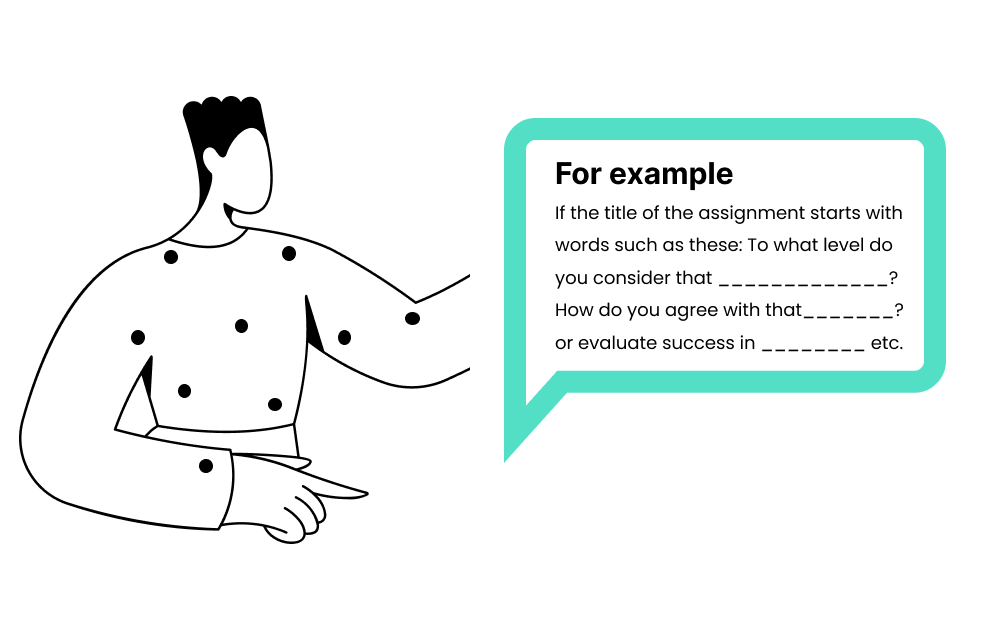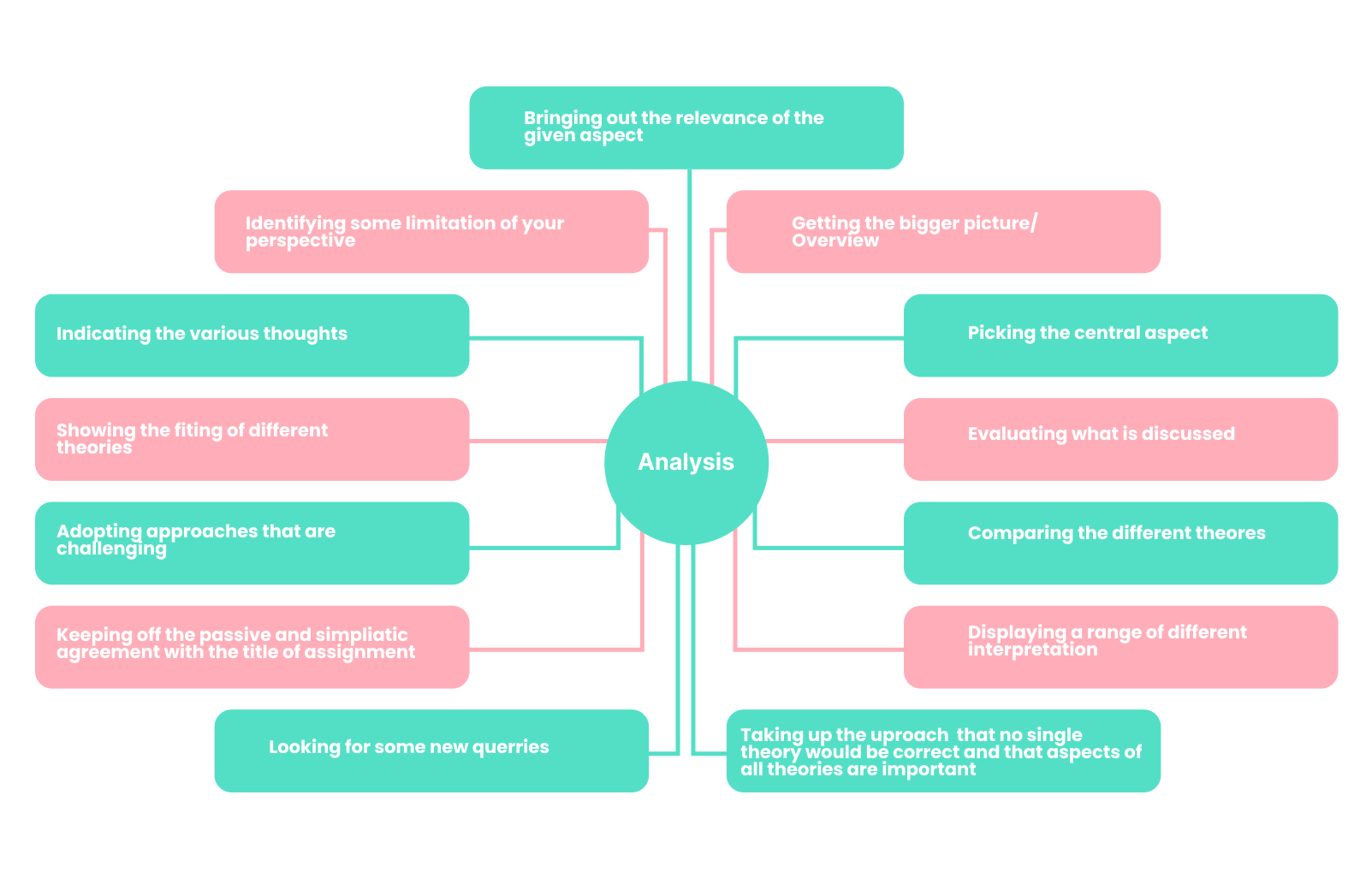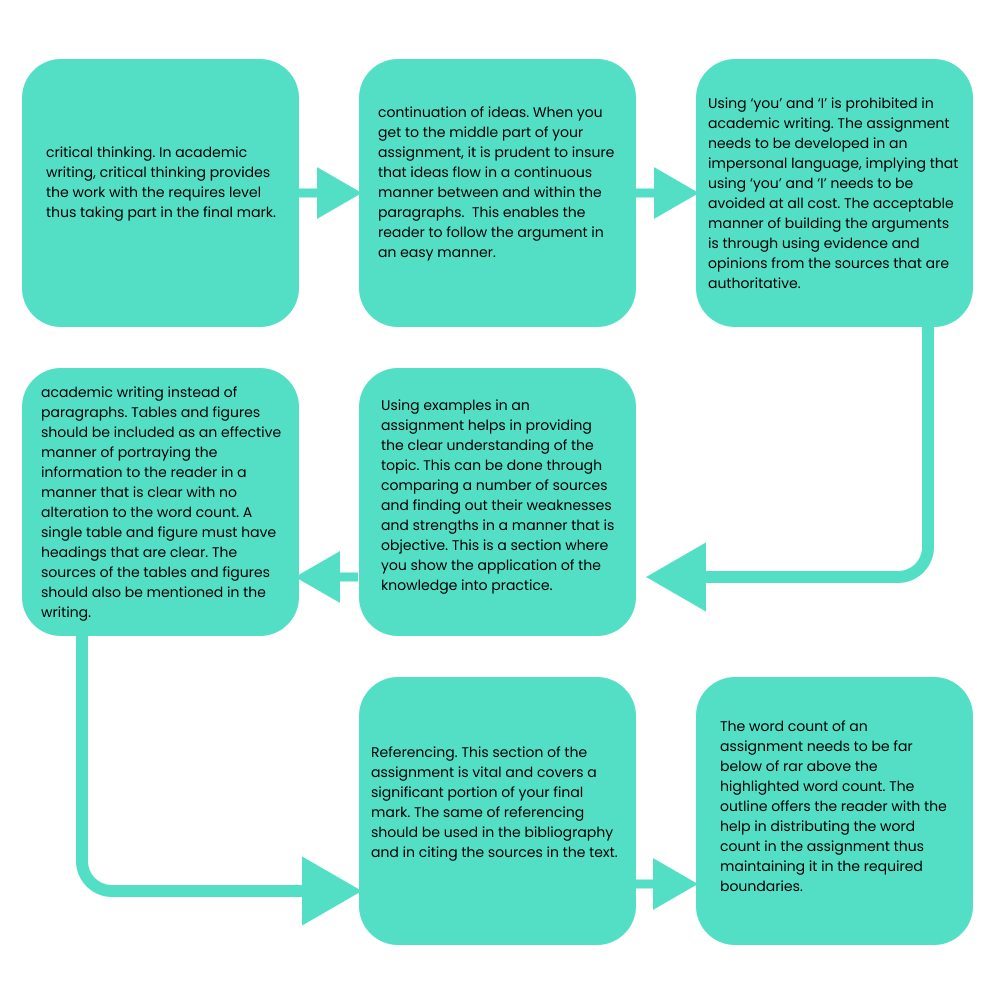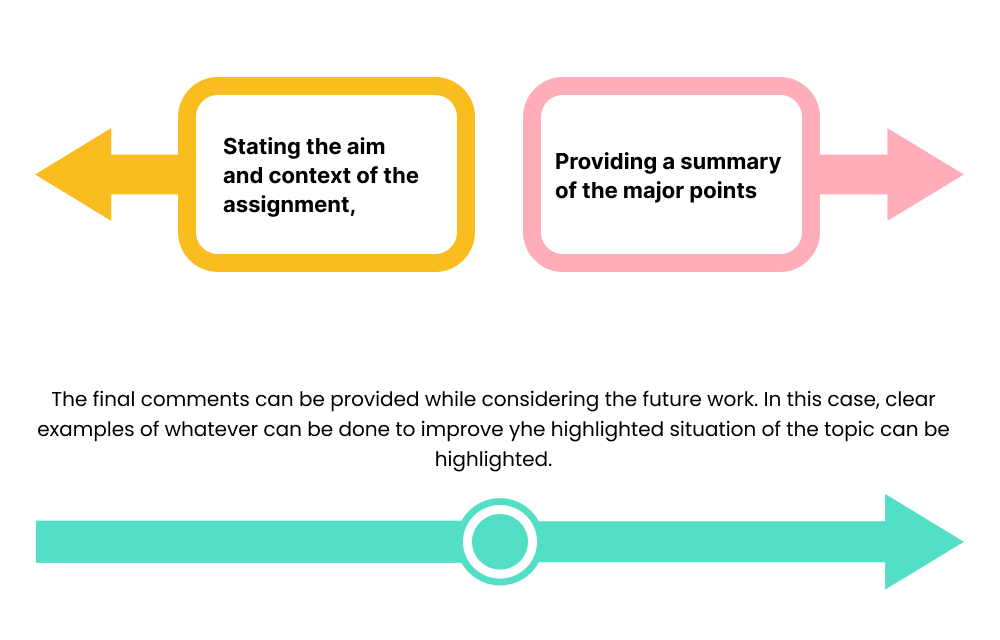- Writing a discussion essay, is it easy? What should one look out for? Find how to deliver such essay properly
- Best strategy to write an assignment. This is how we write it at Academic-Paper.
- How to write an essay that scores well
- Writing a dissertation, main aspects to remember. Core rules & points
- Comprehensive guide for writing a coursework
- What to count for while writing a research paper?
- Tips and advice on writing a great thesis
- Common strategies and mistakes while writing a personal statement
Best strategy to write an assignment. This is how we write it at Academic-Paper.
Preparation is the epicenter of any success in academic assignments. You should always write an outline before you come up with the main discussion points. It should help you to focus throughout your assignment. The framework of the assignment includes the central focus point that will make your point clear. Having an outline for your assignment will help saving you a lot of time. Organizing your work and thoughts makes the search of the literature easier. An outline is also helpful in the creation of different views and dividing the word count in various sections of the paper. It makes the assignment to be well organized.
The introduction of an assignment is another important part that needs to be completed well and efficient. It makes the reader depict the quality of your assignment. Writing the introduction is always considered to be an easy task. An excellent introduction, however, should be well focused and brief. A unfocussed rambled, or lengthy introduction will create a wrong impression of the essay and get the whole article off the focus. The introduction needs to include a short background of the key discussion points, the main reason behind your assignment, and some clear tips on the manner in which the task would be organized. It must be brief and precise, not more than two paragraphs. Specifically, you need to avoid the anecdotal writing in this section of your paper. Obvious statements and over-generalized statements should be prevented in this part of the introduction.
Some ingredients have been identified to help you in the introduction. In other cases, you need not include all of them in a single presentation. These tips can be used together with others in introducing an academic argument.

A particular focus on the introduction by Swales and Feak (2004), attempted to put the ingredients of introduction into some sequence. They reported the following moves for a primary research paper introduction.

These elements are extremely helpful, and could be adhered to in a systematic manner to offer an introduction that is reasonable and acceptable. There is a number of problems that might be linked to the attempt of following structures. The introduction could also be so lengthy in comparison to the essay remainder. It could also be too detailed thus spoiling the surprise effect of whatever would be expected in the next section. This is to say that the described ingredients of an introduction are not self-evident in all subjects. In different disciplines, there could be some form of consideration that could rule out some of the mentioned ingredients. The key point in developing an introduction is that it has to be attractive to the respective reader. If the created impression is that the introduction is formula driven, then the paper may not offer the intended impact.
The Assignment body
The main body structure in an assignment is directed by the wording and the title of the assignment. It is also directed by the intent statement, which is written in the introduction as per the title. The assignment body will act as means of showing your topic knowledge through including relevance of the given evidence. In addition, the assignment body also evaluates the gathered evidence.
The used material in a particular field will be grouped into full categories. These groups can be identified by subtitles like in published research. Some disciplines such as Humanities, Social studies, or arts could have some recommendations. The Engineers make their writing user-friendly by showing out the various sections of the body. In this case, you should always confirm with your department to find out the exact requirements of your paper.
Writing the body of an assignment could be challenging because of a number of reasons. The longer assignment, on the other hand, may become shapeless, having no aim or purpose. Some times you spent much time in discussing one literature piece or a single example, making the reader miss the actual academic debate of the paper. The paper could lack an immediate sense of how a single research piece connects with another in assignment. The correct literature items could not be prioritized. A lot of time could be wasted in having the general textbooks rather than the primary texts. You can also be tempted to waffle into using as many words as you could. Such practice could result in loss of marks.
The most important aspect in assignments involves being analytical instead of being descriptive.

The highlighted example shows that the topic of the assignment should be analyzed and described accordingly. An essay requires some description. Any essay without a description would turn out to being unreadable. In any assignment, a reader would be keen to notice a description. If you want to decrease the word count, then minimizing the lengthy examples and explanations would be helpful. The most important thing is that few assignments at the university level would demand pure description. Most of the assignments would be testing the analysis skill in a different capacity. Be particular in looking at critical sections in the title of the essay.
In analysis, the following will be helpful in building the picture of analysis

Assignment practical tip of writing

The processes highlighted in the figure are some practical tips that will maintain your work efficient and focused. The first tip is critical thinking. In academic writing, critical thinking provides the work with the required level thus taking part in the final mark.
The second tip is the continuation of ideas. When you get to the middle part of your assignment, it is prudent to ensure that the ideas flow in a continuous manner between and within the paragraphs. This enables the reader to follow the argument in a straightforward way.
Using ‘you’ and ‘I’ is prohibited in academic writing. The assignment needs to be developed in an impersonal language, implying that using ‘you’ and ‘I’ needs to be avoided at all cost. The acceptable manner of building the arguments is through using evidence and opinions from the sources that are authoritative.
Referencing is a section of the assignment, which covers a significant portion of your final mark. The same of referencing should be used in the bibliography and in citing the sources in the text.
Using examples in an assignment helps in providing the clear understanding of the topic. This can be done by comparing a number of sources and finding out their weaknesses and strengths in a manner that is objective. This is a section where you show the application of the knowledge into practice.
Paragraphs should be used in academic writing instead of articles. Figures and tables need to be included efficiently, portraying the information to the reader in a way that is clear with no alteration to the word count. A single table and figure must have headings that are clear. All material and sources used in the work should be mentioned in the bibliography.
The word count of an assignment needs to be far below or far above the highlighted word count. The outline offers the reader with the help in distributing the word count in the assignment thus maintaining it in the required boundaries.
Conclusion
The conclusion of the assignment is a chance of providing the convincing argument which would please the reader. In academic writing, the conclusion can be expressed in three sections. These points are highlighted below:
